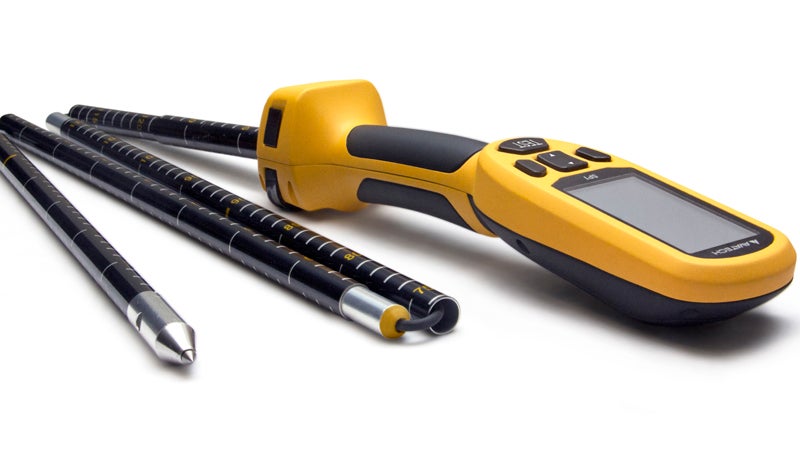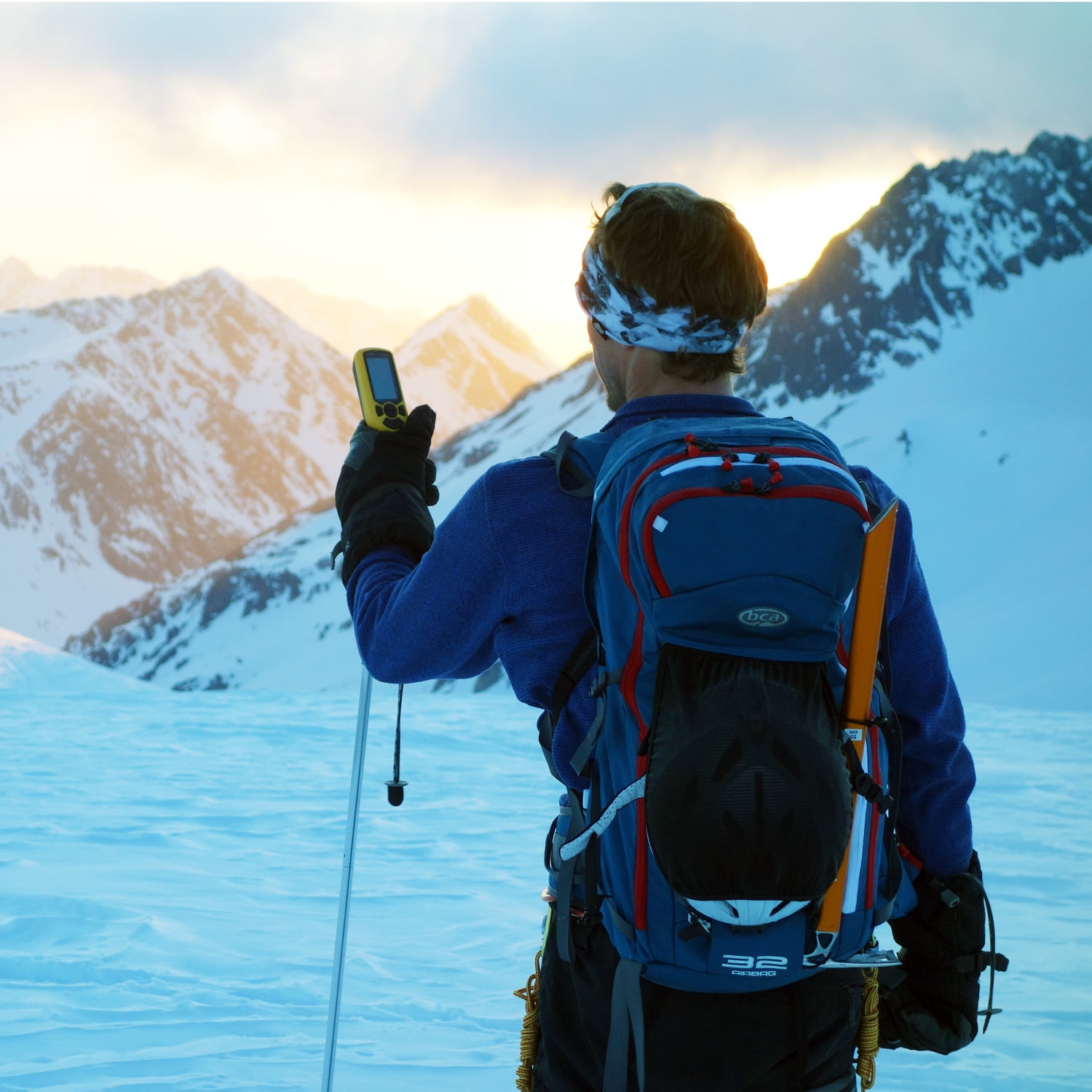The current crop of snow safety gear is limitedтАФmostly by the user. To see if it’s safe to shred, you dig a pit with your shovel or snow saw (a process that can take up to 45 minutes) and look for weak layers in the snowpack.
The problem: You need training and practice to make sense of what youтАЩre seeing, and even then you only have data for one location. Other snow safety gear, like airbag avy packs and , improve your chances of survival once youтАЩve triggered a slide, but they wonтАЩt help you prevent one.
ThatтАЩs where comes in. The tool provides the worldтАЩs first crowd-sourced snowpack database to help you avoid triggering an avalanche in the first place.

HereтАЩs how it works. The Bluetooth-enabled SP1 is packed with sensors that gather data every time you drive it into the snow. The probeтАЩs tip houses a custom digital force sensor; multiple optical depth sensors, including a range finder; and an accelerometer. In the SP1тАЩs handle youтАЩll find an inclinometer and GPS.
Together, these sensors record snowpack layers, even ones a fraction of a millimeter thick. The probe then assesses depth, slope angle, aspect, latitude, longitude, and elevation at every data point to tell you how avalanche-prone a given area is. ItтАЩs all automatic and independent of the userтАЩs skill and experience evaluating snow conditions, although that still doesn’t mean you should head into the backcountry without some form of avalanche-safety training.┬а
The probe instantly transmits the data it collects to the┬аAvaNet web portal via your smartphone, where the data is compiled, analyzed, and organized within seconds. That information is then made available to subscribers.┬а
In the database, users sort the stats by elevation, location, aspect, and date. Say youтАЩre heading to RogerтАЩs Pass outside of Golden, B.C. If enough folks start using the AvaTech probe, you could check on past snow conditions, and decide which aspect looks the safest before you even leave home.┬а
тАЬBackcountry travelers, guides, patrollers, and scientists will be able to see and study snowpack with up to 20,000 data points,тАЭ said Thomas Laakso, AvaTech Brand President, who left Black Diamond to join AvaTech. ItтАЩs data that didnтАЩt previously exist. At ski areas, a lead patroller will be able to monitor her peers probing a slope in real time and better assess where it makes sense to control a slopeтАФsaving time and money, and hopefully keeping inbounds skiers safe.┬а
But the implications of the SP1 are bigger than just keeping skiers out of avalanchesтАФif enough people start using the tool. A significant percentage of the worldтАЩs population depends on snowmelt for drinking water. тАЬIn the future, data gathered by AvaTech and SP1 users may be able to predict how much drinking water will be available in any given year,тАЭ says Laakso. тАЬIt may also be able to predict flooding before it happens, saving lives.тАЭ┬а
The probe, developed by a collaboration of MIT and RISDY students, has been vetted by 50 test partners in six countries, including the Colorado Avalanche Information Center, Montana State University, Chugach Powder Guides, and ski patrols across the U.S. and Canada.
A pro version of the SP1 will be available this fall. It comes with AvaTechтАЩs app┬аand will cost $2,249, plus an annual subscription. In fall 2015, AvaTech will introduce a consumer version, which will likely cost about $500, plus subscription fees. The difference between the two will be the software interface.┬а
$2,249,


